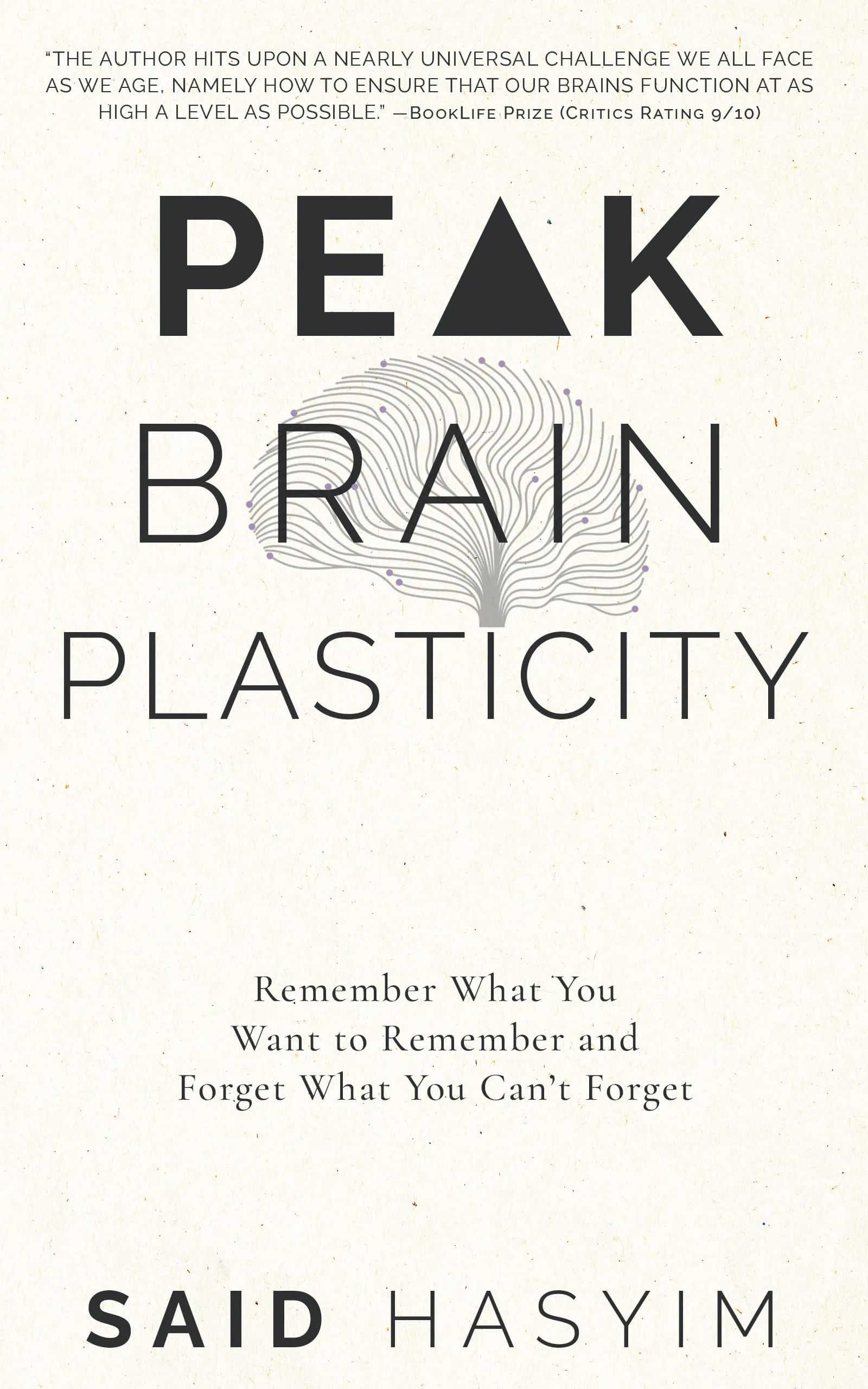Neuroplasticity: Unlocking Your Brain's Potential
Neuroplasticity is an exciting field of neuroscience that explores the brain's remarkable ability to change and adapt throughout a person's life. This concept signifies that our brains are not static organs but dynamic entities capable of reorganizing themselves, fostering new connections, and even recovering from injury. Understanding neuroplasticity can unlock the potential of our minds and bodies, empowering us to learn new skills, enhance cognitive abilities, and promote mental well-being.
What is Neuroplasticity?
Neuroplasticity refers to the brain's ability to change its structure and function in response to external stimuli, experiences, and learning. The term also implies the brain's capacity for adaptation, meaning it is continually reshaping itself even as we age. This foundational principle spans various forms of plasticity, including:
Structural Plasticity: The brain's structure alters physically in response to learning and experience, resulting in the development of new neural connections.
Functional Plasticity: This form of plasticity involves the brain's ability to shift functions from damaged areas to healthy areas. For instance, after a stroke, if certain brain regions responsible for language processing are impaired, other regions may adapt to take over those functions.
Developmental Plasticity: Particularly prevalent in childhood, this form of plasticity aids in the brain's growth and development during formative years. The brain rapidly forms connections, laying the groundwork for skills that will be built upon throughout life.
The Science Behind Neuroplasticity
Neuroplasticity exists at both the cellular and system levels. At the cellular level, neurons communicate via synapses, the junctions where signals are transmitted. When we learn something new, these connections strengthen, a concept referred to as synaptic plasticity. Moreover, the concept of "Hebbian plasticity" states that "cells that fire together wire together," highlighting how simultaneous activation of neurons leads to stronger connections.
At a systems level, neuroplasticity allows the brain to adapt to various environmental factors. This adaptability is pivotal in response to learning, the acquisition of new skills, and recovery processes following trauma or injury. Factors like age, stress, and overall mental health can influence the brain's plastic nature.
Practical Applications of Neuroplasticity
Understanding and harnessing the principles of neuroplasticity has potential implications for various fields, including education, rehabilitation, and mental health. Here are some practical applications:
1. Learning and Education
Neuroplasticity underscores the importance of motivating learning environments. Educational methods that encourage engagement—such as experiential learning, gamification, and problem-solving tasks—stimulate the brain, fostering both retention of information and the development of essential skills. This means that with the right approaches, a student can indeed improve their cognitive functioning.
2. Rehabilitation from Injury
Rehabilitation programs that incorporate neuroplasticity principles have helped individuals recover from strokes, traumatic brain injuries, and other neurological conditions. For example, movement therapies can prompt the brain to reroute functions and improve motor skills in patients who have lost mobility. Techniques like constraint-induced movement therapy encourage use of the affected limbs, prompting the brain to relearn and strengthen pathways.
3. Mental Health Treatment
Evidence suggests that cognitive-behavioral therapies (CBT) and other psychotherapy modalities leverage neuroplasticity to effect change in thought patterns and behaviors. Changes in thinking and emotional responses can actually lead to real changes in the brain’s anatomy and functionality. Moreover, practices like mindfulness and meditation have been shown to physically alter brain structures associated with self-regulation, emotional responses, and stress resilience.
4. Skill Acquisition and Enhancement
Whether you’re looking to learn a new language, play a musical instrument, or excel in sports, neuroplasticity is at work. Practicing a skill leads to the formation of new neural connections—showing that with dedication and perseverance, we can cultivate our abilities and expand our skill sets well into adulthood.
Tips to Enhance Neuroplasticity
Harnessing the brain’s ability to adapt can have profound effects on personal growth and development. Here are some strategies to boost neuroplasticity:
1. Lifelong Learning
Continuously challenging yourself with new knowledge, skills, and experiences promotes neuroplasticity. Engage in activities that require focus and problem-solving, like learning an instrument or picking up a new language.
2. Physical Exercise
Regular physical activity increases blood flow to the brain and promotes the release of neurotrophic factors, which support the survival of existing neurons and encourage growth and synaptic connections.
3. Mindfulness and Meditation
Practices such as mindfulness meditation have been shown to enhance attention, emotional regulation, and cognitive flexibility, potentially leading to structural changes in the brain.
4. Healthy Lifestyle Choices
Nutrition plays a significant role in brain health. Diets rich in omega-3 fatty acids, antioxidants, and vitamins can enhance cognitive function and protect against neurodegeneration. Similarly, sufficient sleep is crucial as it's during sleep that the brain processes information and consolidates learning.
5. Challenge Your Brain
Diverse activities like puzzles, strategy games, reading, and even social interaction can keep your brain engaged. The more variety in stimulation, the more robust the brain's adaptive resources become.
Conclusion
Neuroplasticity is a testament to the brain's incredible ability to grow, learn, and adapt, regardless of age or circumstances. By understanding and implementing strategies that promote neuroplastic changes, we can unlock our brain's potential, enhancing our ability to learn, recover from setbacks, and maintain mental well-being. Every new experience contributes to the intricate tapestry of connections in our brains—so take the opportunity to challenge yourself and embark on a lifelong journey of growth and discovery. Ultimately, the power to shape your brain and improve your life lies within your hands. Embrace neuroplasticity and watch as it transforms your world.
Harness the Power of Neuroplasticity
Discover Peak Brain Plasticity, a practical book to harnessing neuroplasticity. Enhance your memory, learn new languages quickly, and alleviate anxiety with effective study methods. Uncover daily habits that impact cognitive health and explore techniques for accelerated learning and memory retention. Unlock your brain's potential for growth and transformation.
